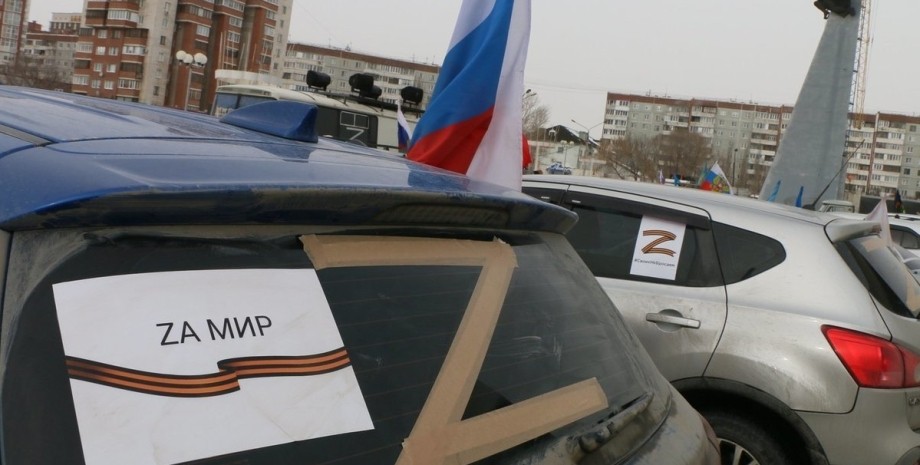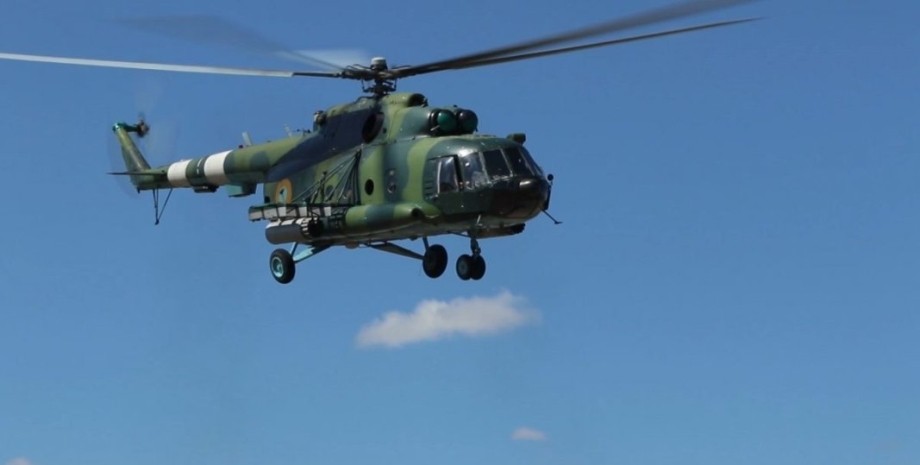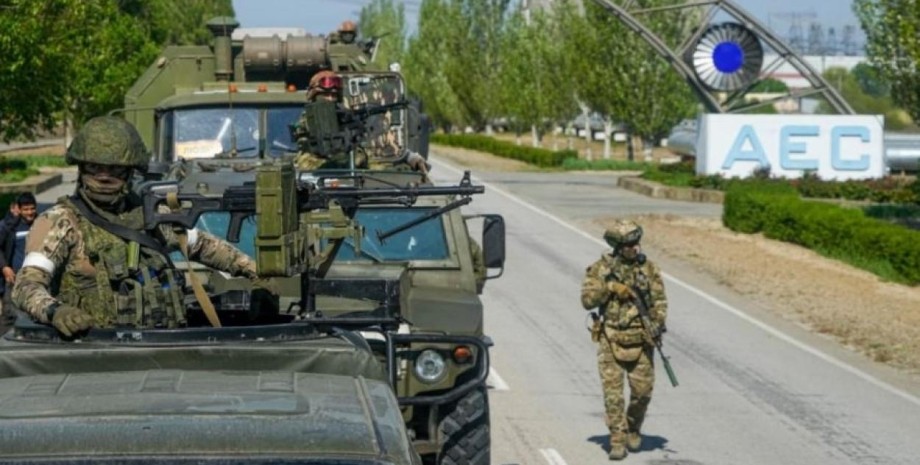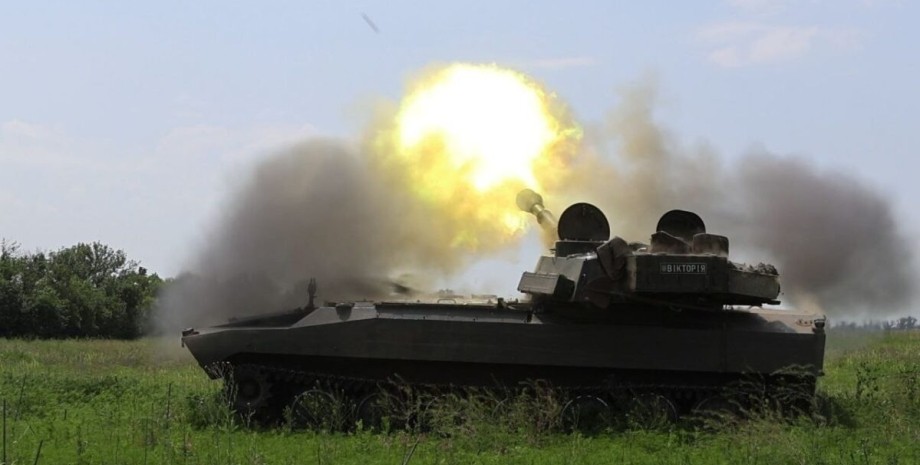
 By Eliza Popova
By Eliza Popova
In 2021, UkrJeth presented a shock drone UJ-22 Airborne at the Exhibition "Weapons and Security-2021". It is designed to defeat live power and military equipment, and for this purpose it can carry uncontrollable aircraft, 82 mm of mines (4 pieces) or RPG-7 grenades (BP). The chief engineer of "Ukrzett" Igor Kramarenko told the site "Army Inform", that the accuracy of a drone of a drone from a distance of 700 m is up to 10 m - a fairly high figure for uncontrollable shells.
According to the developer, the Armed Forces has a large number of ammunition used by the UJ-22, before resetting them, you only need to install a special "plumage", and this can be done directly on the battlefield. The model can not only destroy the enemies, but also conduct intelligence thanks to the 64-megapixel camera.
Sometimes the transmission of real -time photos is better than video broadcasting, because the military can see the surface of the Earth with a resolution of up to 5 cm per pixel. For the take -off of the apparatus, a melon is required for at least 50 m. The control is carried out in manual, semi -automatic and automatic modes, ie combat drone does not require the involvement of the operator to perform combat missions.
The connection between the management point and the UAVs is encrypted, operators can be in a special car. UJ-22 can fly under extreme weather conditions. It is equipped with a starter-generator and autopiloting system, developed by Ukrzette engineers. To counteract radio -electronic fight systems, the developers have created an inertial Xens system, which allows you to do it without connection with GPS satellites - it is enough to introduce coordinates.
"It takes up to 2 months for the production of one complex (this is a ground station and 2 drones). It is enough for the operator to train one month so that he can do his job confidently,"-said Igor Kramarenko. Skyton began to develop its own drone in 2014, choosing a design with a gasoline engine and a fixed wing, and two years later the Ukrainian army accepted it. The military version of the aviation complex was called ACS-3, and the civilian Raybird-3.
On September 6, 2019, the Raybird-3 set a record of Ukraine at the maximum flight duration-24 hours 31 minutes. During this time, the unit overcame more than 2000 km, while stored for another 1. 5 hours. In 2020, the developers presented a modified ACS-3M version with a new injector engine, improved software and the ability to install a small-sized radar with synthesized aperture. Roman Knyazhenko Roman Knyazhenko told Defense Express about the main advantages of ACS-3.
According to him, the drone can work without fear of hostile IE systems. If it gets into the radius of their action and encounters obstacles, it will continue to fly, but not with GPS, but loaded into the system by a digital card or relying on an inertial high -precision system. When trying to "muffle" the UAV communication channel, noise -like broadband systems of telemetry and management will help.
It will be difficult for the enemy to find at what frequency the ACS-3M operates, in addition, UAVs can change it at any time. Culver Aviation began to develop a military drone and then began to use it for commercial purposes. Skif now estimates the losses caused by the Russian military and makes detailed maps of the area with a 61MP resolution and accuracy up to 1 cm per pixel, as well as GNSS navigation. Such characteristics allow him to carry out reconnaissance on the battlefield.
UAVs flies on a programmed route on its own, but the operator can control it in real time and take control if necessary. The history of UAV creation began in 2014, when entrepreneur Alexander Danylenko met with a friend and saw a homemade aircraft capable of flying a programmed route and transmitting a video.
Comrades created the Eyetech volunteer organization and began to develop a drone for the Ukrainian army, collecting prototypes in the garage until they collected a model called Patriot, which was interested in the Ministry of Defense. Now the project has grown into an ITEC company, and the aircraft has got improvements: a good camera, a thermal imaginary, a battery that provides 2 hours of operation.
In 2016, the project participants learned how to use modern materials and computer programs to check aerodynamics. But volunteers were not enough to keep the business afloat, and the Ministry of Defense never signed the contract, so ITEC changed its name to Culver Aviation and began to cooperate with civilian customers, such as farmers, collecting drones called Skif. For one departure, the "bird" can remove the area up to 1500 hectares.




















Všetky práva vyhradené IN-Ukraine.info - 2022